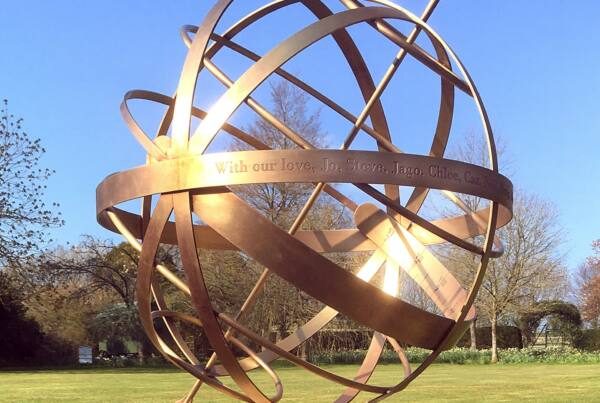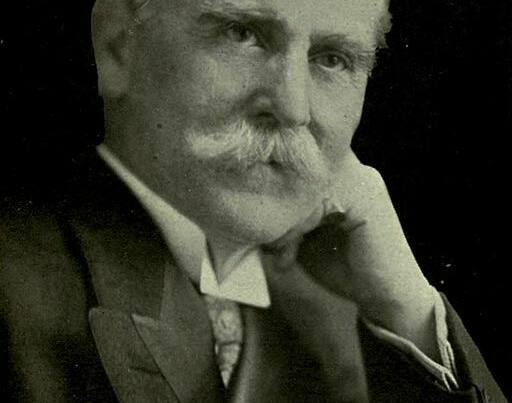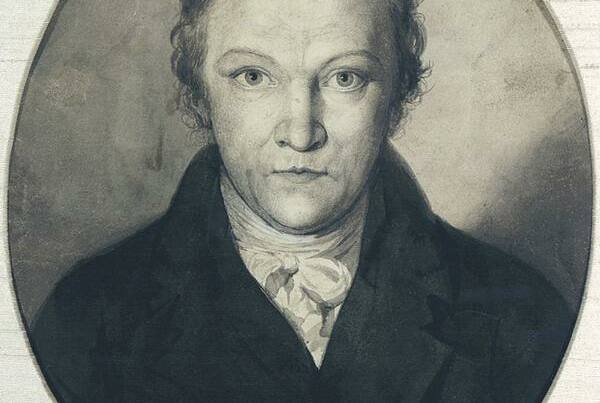Shakespeare has been quoted many times for engravings on our Armillary Spheres and Horizontal Dials. The opportunities to quote him are numerous and make for poignant birthday, anniversary and wedding presents. Rather than choosing one quote this blog has a look at how Shakespeare watched the clock.

Telling the Time in the 16th Century
Telling the time and marking the passage of time were an increasing obsession in the 16th century. Shakespeare would have had three means available to him for telling the time; hourglasses, sundials and clocks. The bard was the first playwright to include frequent references to clock time in his work. He seems to have thought of time differently depending on the instrument he imagined measuring it.
Thanks to the work of Isaac Newton at the end of the seventeenth century, we now see time as something purely scientific, impersonal and measurable. Yet this was far from the case in Shakespeare’s day. Time was a tricky business both to understand and to measure. At this point, even the shape of time was varied; whilst the calendar created a kind of time that was linear and constantly moving forward, the cycles of the seasons and religious calendar meant time was also circular. Religious teaching placed great emphasis on carefully monitoring how you spent your time and on the brief passage of human life.
Of the means available by far the most common for measuring a stated passage of time was the hourglass. The hour-glass was often used by those being paid by the hour to record their working day. They were easy to start and could be lain on their side to pause time when breaks were taken. Unfortunately they could also be tampered and adapted to the advantage of the person dictating the hour. For example preachers who gave sermons by the hour might have a ‘long’ hourglass if they were keen speakers and a ‘short’ one if they were not.
However, the most dependable means of telling the time in early modern England was provided by sundials. Sundials were more accurate because they did not tell the time they found it.
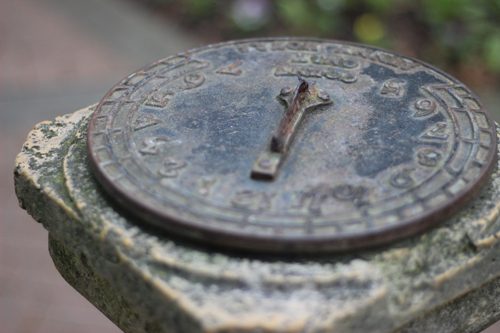
Sundials are richly symbolic in Shakespeare’s work. They were paradoxical, disclosing the sun’s passage through the medium of shade, revealing and hiding the time at random. Sundials also had an unpredictability and arbitrariness that made them resemble the God on high whose time they reflected. Pocket or ring dials (tiny hand held sundials) were carried, by those who could afford them, as a clear symbol of status. In ‘As you like it Jaques pokes fun at the fool and possibly makes fun of those audience members who are beholden to their sundial’s,
’Tis but an houre agoe, since it was nine, And after one houre more, ’twill be eleven, And so from houre to houre, we ripe, and ripe, And then from houre to houre, we rot, and rot, And thereby hangs a tale When I did heare The motley Foole, . . . I did laugh, sans intermission An houre by his diall.
Shakespeare also mentions sundial time in sonnet 77,
“Thou by thy dial’s shady stealth may’st know, Time’s thievish progress to eternity”
Sundials are richly symbolic in Shakespeare’s work. They were paradoxical, disclosing the sun’s passage through the medium of shade, revealing and hiding the time at random. Sundials also had an unpredictability and arbitrariness that made them resemble the God on high whose time they reflected. Pocket or ring dials (tiny hand held sundials) were carried, by those who could afford them, as a clear symbol of status. In ‘As you like it Jaques pokes fun at the fool and possibly makes fun of those audience members who are beholden to their sundial’s,
’Tis but an houre agoe, since it was nine, And after one houre more, ’twill be eleven, And so from houre to houre, we ripe, and ripe, And then from houre to houre, we rot, and rot, And thereby hangs a tale When I did heare The motley Foole, . . . I did laugh, sans intermission An houre by his diall.
Shakespeare also mentions sundial time in sonnet 77,
“Thou by thy dial’s shady stealth may’st know, Time’s thievish progress to eternity”
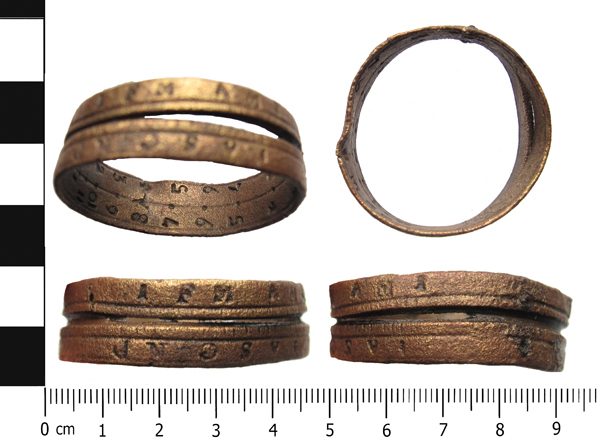
Here he is writing about secretive sundial time which is only revealed when the sun shines and only visible through shadows.
At his home in Stratford upon Avon Shakespeare built a knot garden in which he sited his sundial. Both the garden and the dial would have been evidence of his new found status.
The final instrument to tell the time was the clock. At this point in history clocks were still notoriously inaccurate and did not improve until 1656 when Christian Huygens invented the pendulum regulator to stop them going too fast or too slow.
Clocks did, however, determine how city people ran their days.
The word ‘clock’ means ‘bell’ originally, and public clocks would ring out the hour from their location in church towers and could be heard from far away. As people needed a shared time by which to make their arrangements, it was normal to live by the time supplied by the nearest public clock and to state the source of your time – in case your friend was living by a different clock.
In Henry IV Falstaff pretends to have fought ‘a long hour by Shrewsbury clock’ he means that he impressively fought for a time that seemed long even by a notoriously long (slow) clock
Hours and Minutes
As all three instruments of time attest, life in Shakespeare’s day was run by the hour, because minutes were not visible on hourglasses nor sundials nor clocks, clocks did not regularly have minute hands until the eighteenth century.
Time varied for Shakespeare depending on which method he imagined measuring it. However because hourglasses suggested death(time could ‘run out’ in an hourglass) and sundials suggested stealth (time, a dark shadow, crept over the sundial) and clocks suggested eternity (the hour hand went round in a continual circle on a clock) Shakespeare may well have preferred ‘watching the clock’ to any other instrument.
For those of you who are totally fascinated Frank Cousins in the appendix of his book Sundials includes a full list of references to sundials in The Complete works of Shakespeare!
References
http://sundials.org/index.php/teachers-corner/art-and-literature/158-shakespeare-sundials.html
https://www.bbc.co.uk/programmes/articles/54hKCh1LM71rjfksgdGjH3L/time-will-tells
https://www.thebritishacademy.ac.uk/sites/default/files/01%20Stern%201817.pdf
Images
Portrait
https://commons.wikimedia.org/wiki/File:Shakespeare_portrait_large.jpg
Sundial in Shakespeare’s garden
https://commons.wikimedia.org/wiki/File:Sundial_in_Shakespeare%27s_Garden,_SF_2.JPG


